RO or UV Water Purifiers?RO or UV Water Purifiers?
BIS states the safe TDS limit in potable water is 500 mg/L. Due to water contamination, many households use purification devices.
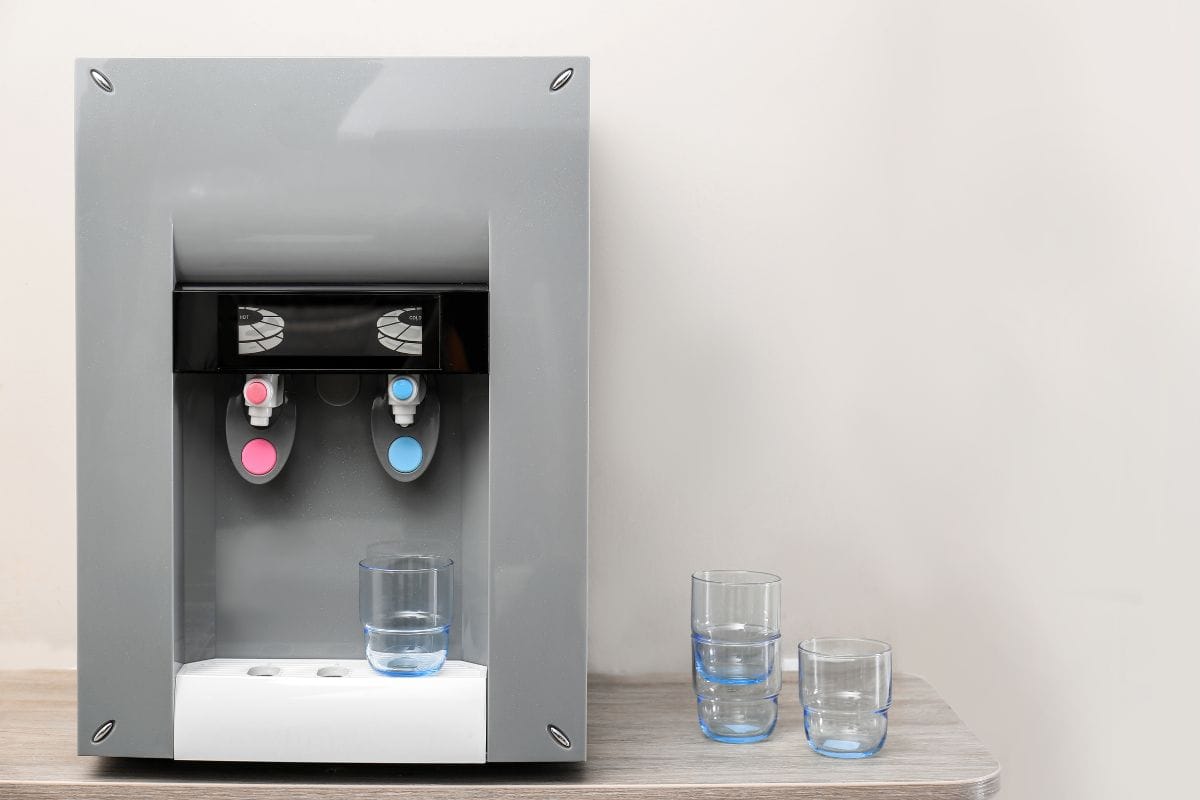
Bureau of Indian Standards or BIS says that the acceptable limit of total dissolved solids or TDS in potable water is 500 milligrams per liter. With the rapid depletion of groundwater, contamination of surface water, and the infrastructural gaps in delivering safe water, tap water available to most of India is not considered potable.
Most Indian homes have installed a point-of-use device for purifying water in their home to counterbalance the unavailability of safe potable water.
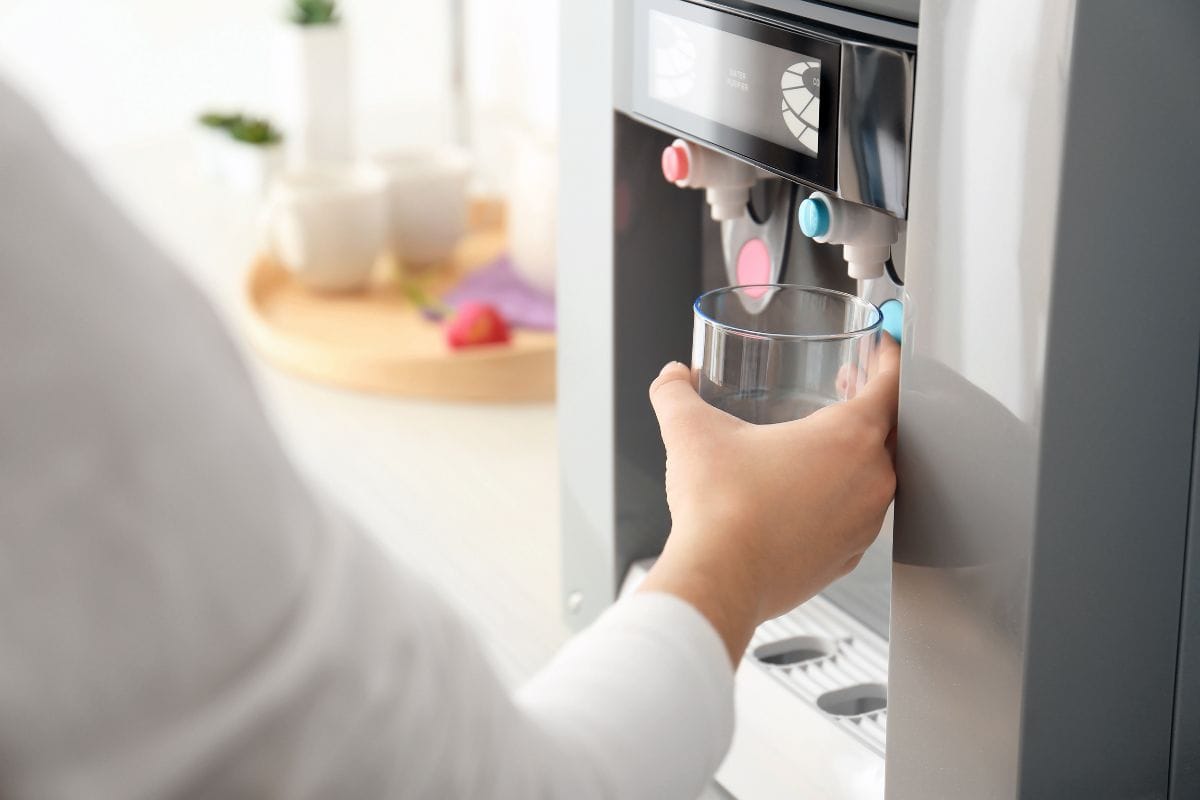
Reverse Osmosis and Ultraviolet systems are the most commonly used water purifying systems in the market. A lot of factors come into play while choosing the right kind of water purification system for your homes like the underlying water source, waste-water production, maintenance, and costs.
So, a lot of consideration is necessary before choosing the right water purifiers for your home. We at HomeTriangle decided to come up with a guide to help you understand the differences between the two technologies and highlight the pros and cons of them.
RO Water Purifiers
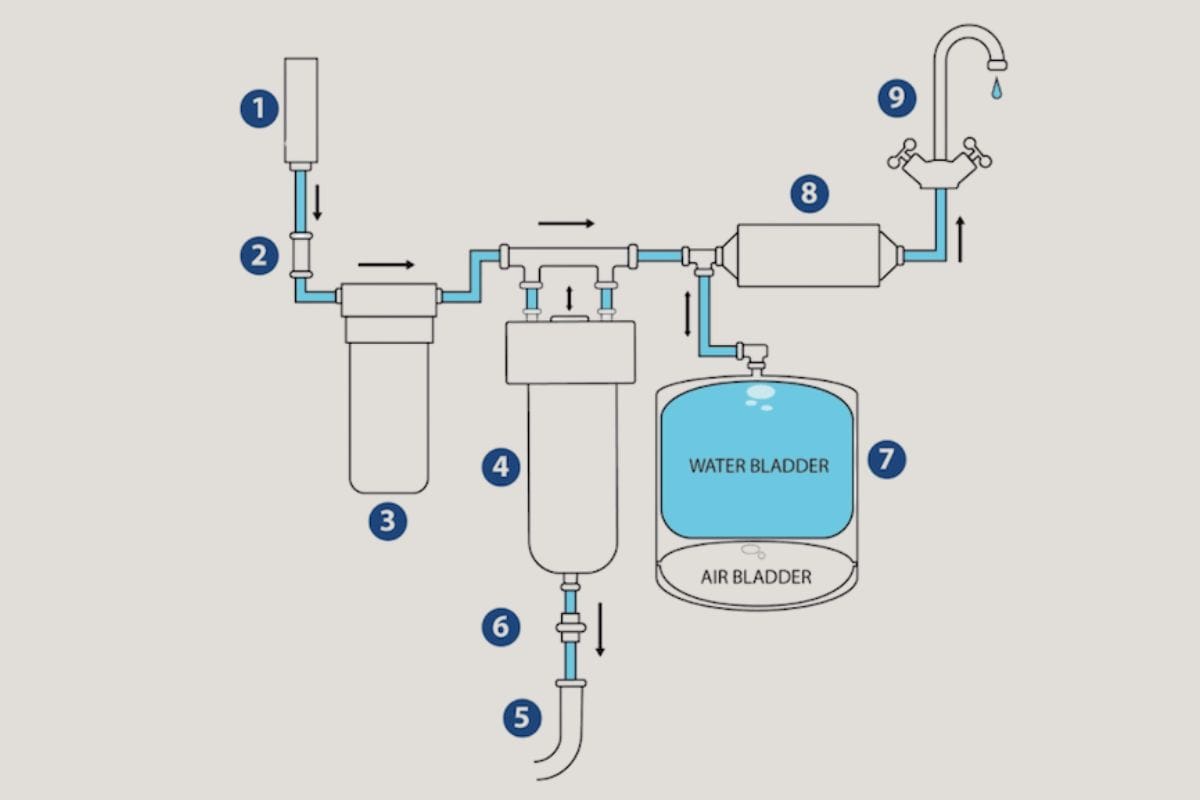
RO water purifiers implement reverse osmosis technology to purify the water. Reverse osmosis is a process that uses a partially permeable membrane to remove ions, unwanted molecules, and large particles from drinking water by trapping them across its surface.
These semi-permeable membranes move molecules from an area of higher solute concentration to one of lower solute concentration. RO purifiers are available at a wide range of prices. While the basic models start at around ₹6000, the ones with advanced technology and features that are ultra-sophisticated range up to ₹40,000.
RO purifiers use multiple filters that must be changed yearly. This means that they have a higher maintenance cost when compared to their UV counterparts. Annual RO maintenance costs are about ₹4500-₹5000. Service from an experienced professional once every 4 months can minimize the long maintenance costs.
Pros & Cons of RO purifiers
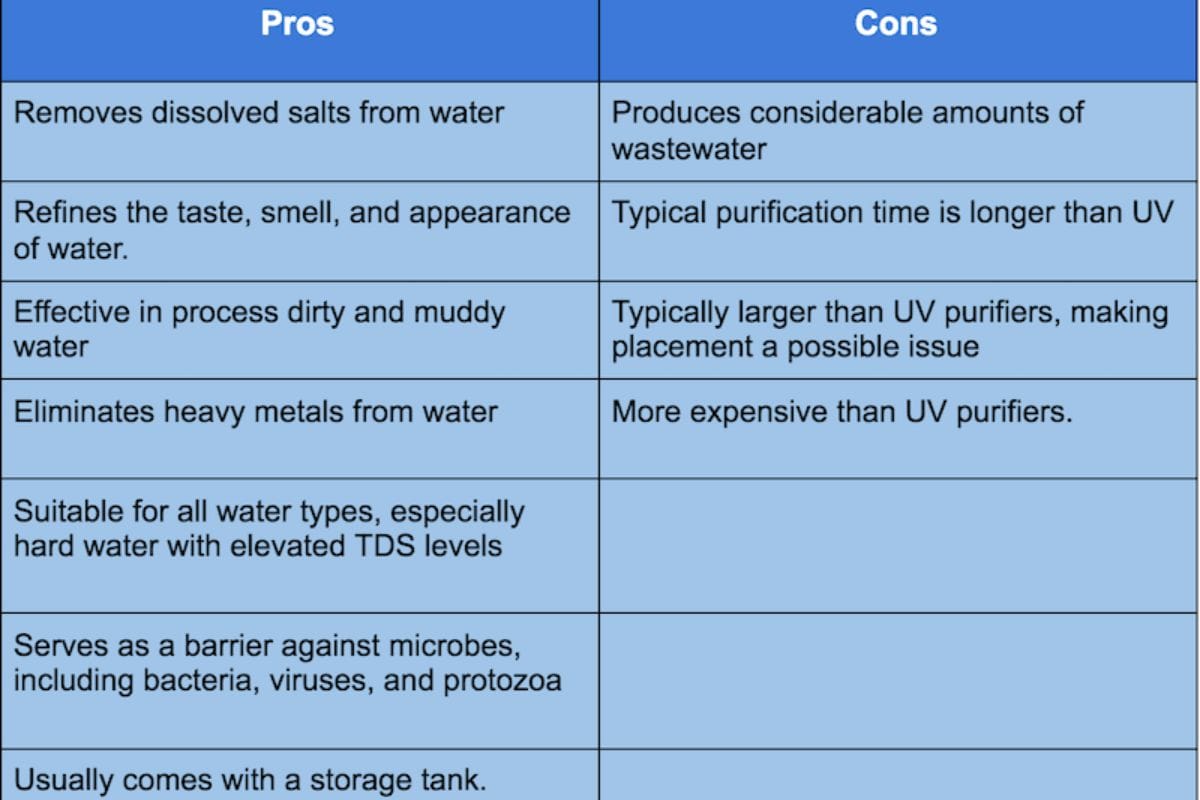
UV Water Purifiers
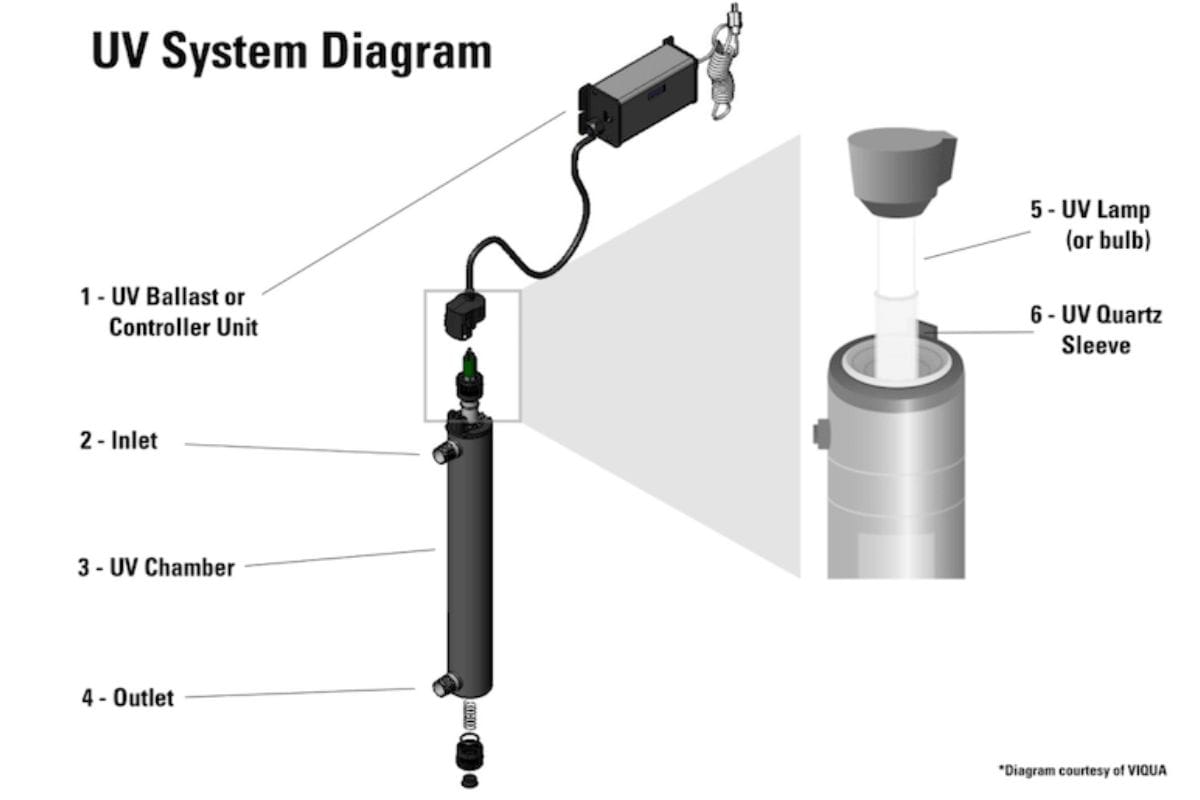
A UV water purifiers treat microbiologically unsafe water with germicidal ultraviolet light. The UV wavelength scrambles the DNA of living organisms in the water such as bacteria, viruses, parasites, and fungi, rendering them. The process annihilates microbes and parasites in the water.
Depending on the brand, model, and features, you can find UV purifiers at a wide range of prices in the market, the cheapest starting at ₹5000 up to ₹ 15,000. UV water purifiers are also less expensive to maintain compared to RO models. Generally, the annual costs of UV purifiers are between ₹1000 and ₹2000.
So, what’s the verdict? Well, depending on where you are from, you should choose between the two. If you’re living in a city and the water has a higher TDS, we suggest going for a RO water purifier even if it does cost a little more than the other.
HomeTriangle Water Purifier Service
Like we mentioned earlier, a quarterly service from an experienced professional will not only ensure that the purification system is working at optimum efficiency but also will reduce the long-term maintenance costs.
HomeTriangle has compiled a database of the best professional water purifier service providers in the country who are trained and experienced. Be it the installation or any repairs, our professionals are more than equipped to carry out any needs in your home. Call us at 76 76 000 100 to book a water purifier service today.



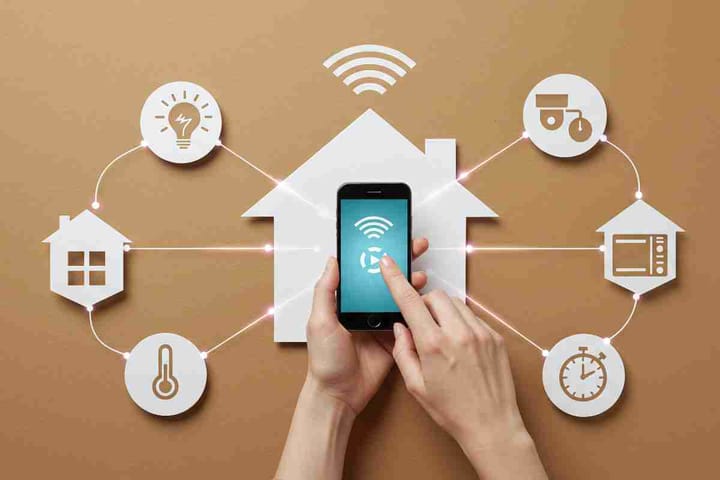
Comments ()